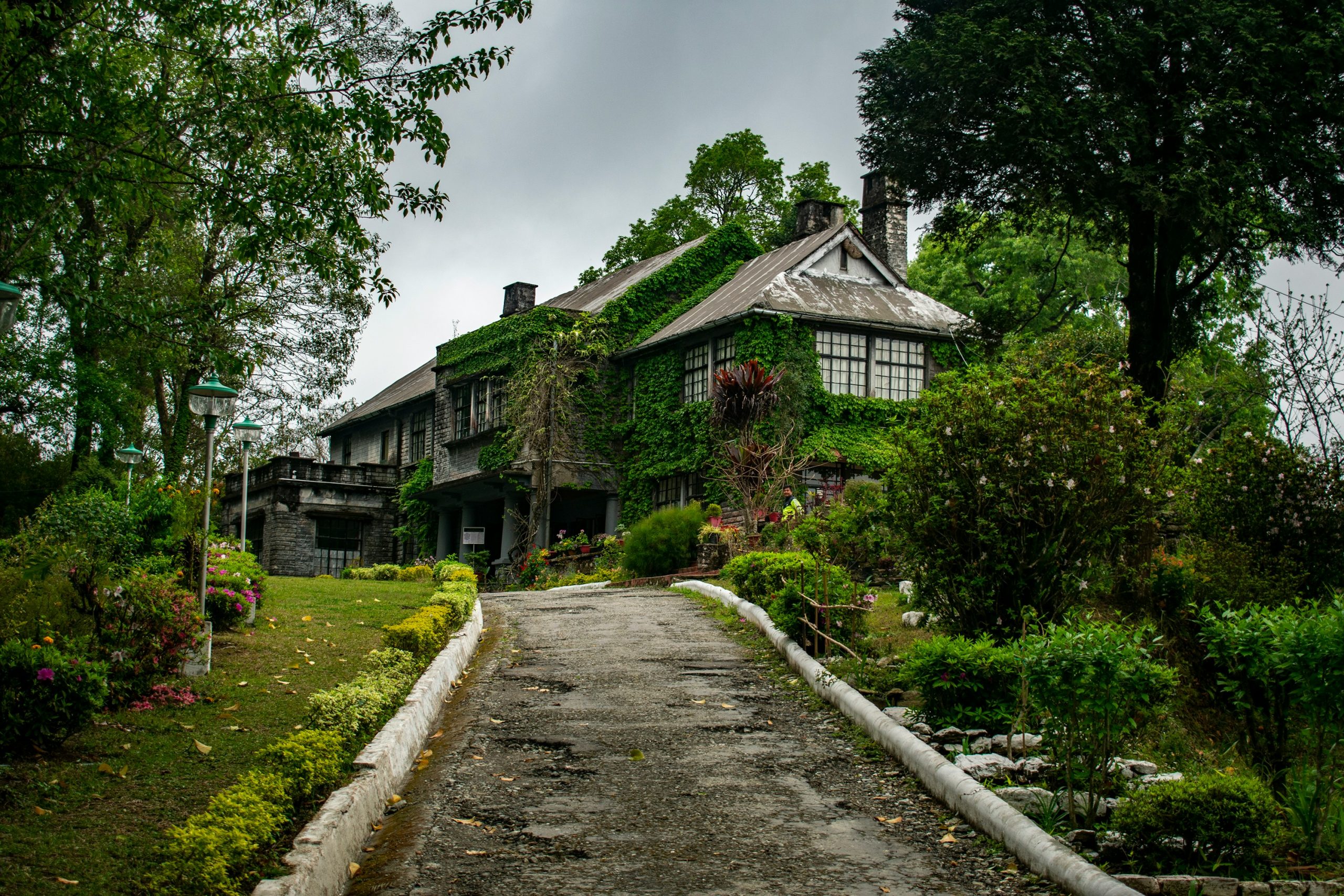Shantiniketan
You’ve come to the correct spot if you’re searching for the ideal vacation filled with priceless memories. Today, make plans for a memorable and budget-friendly trip to Shantiniketan.
About Shantiniketan
Learn and explore more about Shantiniketan before you set out on the best journey of your life with us.
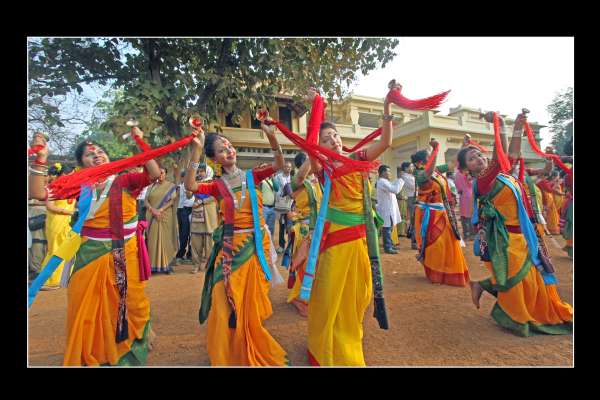
Rabindranath Tagore later extended Shantiniketan, and his vision became Visva-Bharati University, today a university town. These days, thousands of people visit the location annually. Rabindranath founded the Brahmacharya Ashram in 1901; it was subsequently renamed Patha Bhavana. He established Visva Bharati University in 1921, and in 1951 it was designated as a central university and an institution of national significance. Magnificent sculptures, frescoes, murals, and paintings by artists like as Rabindranath, Nandalal Bose, Ramkinkar, and Binodbehari Mukhopadhyay decorate the Shantiniketan campus. An annual fair and celebration called Poush Mela is held in Shantiniketan. The fair officially runs for three days, starting on the seventh day of the month of Poush, yet vendors may linger until the end of the month. Live performances of Bengali traditional music, particularly bauls, define Poush Mela. Customary bauls are itinerant minstrels who perform Bengali music. Dances of the tribe Santali is a participant at the fair as well.
Experience the Life of Shantiniketan
Situated around 212 kilometers north of Kolkata in the Birbhum district of West Bengal, Shantiniketan is a tiny town close to Bolpur. The poet and Nobel laureate Rabindranath Tagore's father, Maharshi Debendranath Tagore, saw crimson soil and verdant rice fields in Raipur in 1862 while traveling there by boat. He made the decision to build a tiny cottage and plant additional saplings. He referred to his house as the "abode of peace," Shantiniketan. In 1863, he established an Ashram here and went on to become the founder of the Brahmo Samaj.

How to Reach Shantiniketan?
Learn and explore more about Shantiniketan before you set out on the best journey of your life with us.
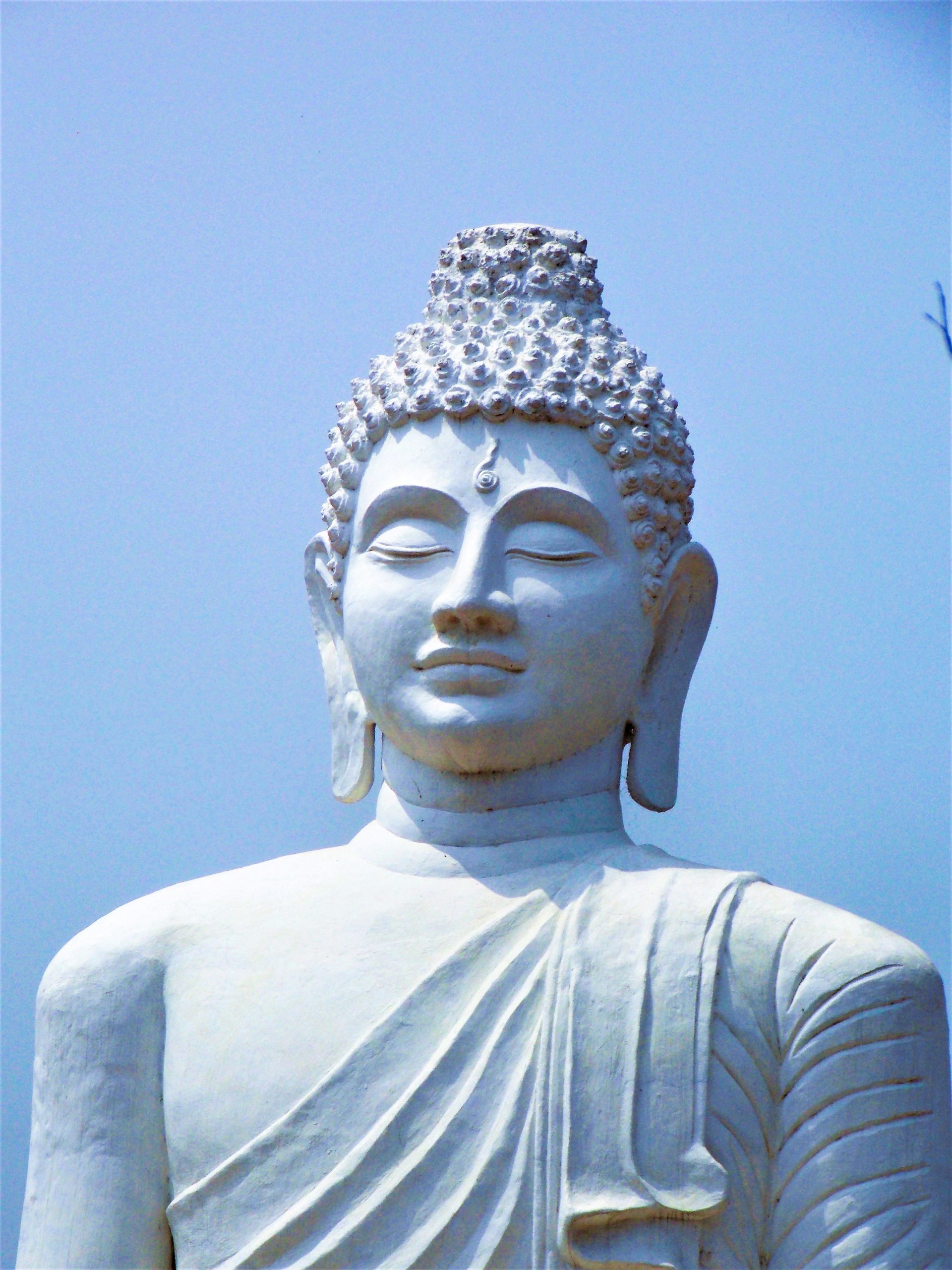
By Train: Bolpur is the closest railhead. Bolpur is frequently served by trains that originate in Kolkata’s Howrah and Sealdah.
By Road: Santiniketan and Kolkata are connected by a first-rate road. The location is well-served by roads leading to other large cities.
By Air
Kolkata's Netaji Subhash Chandra Bose International Airport is the closest airport.
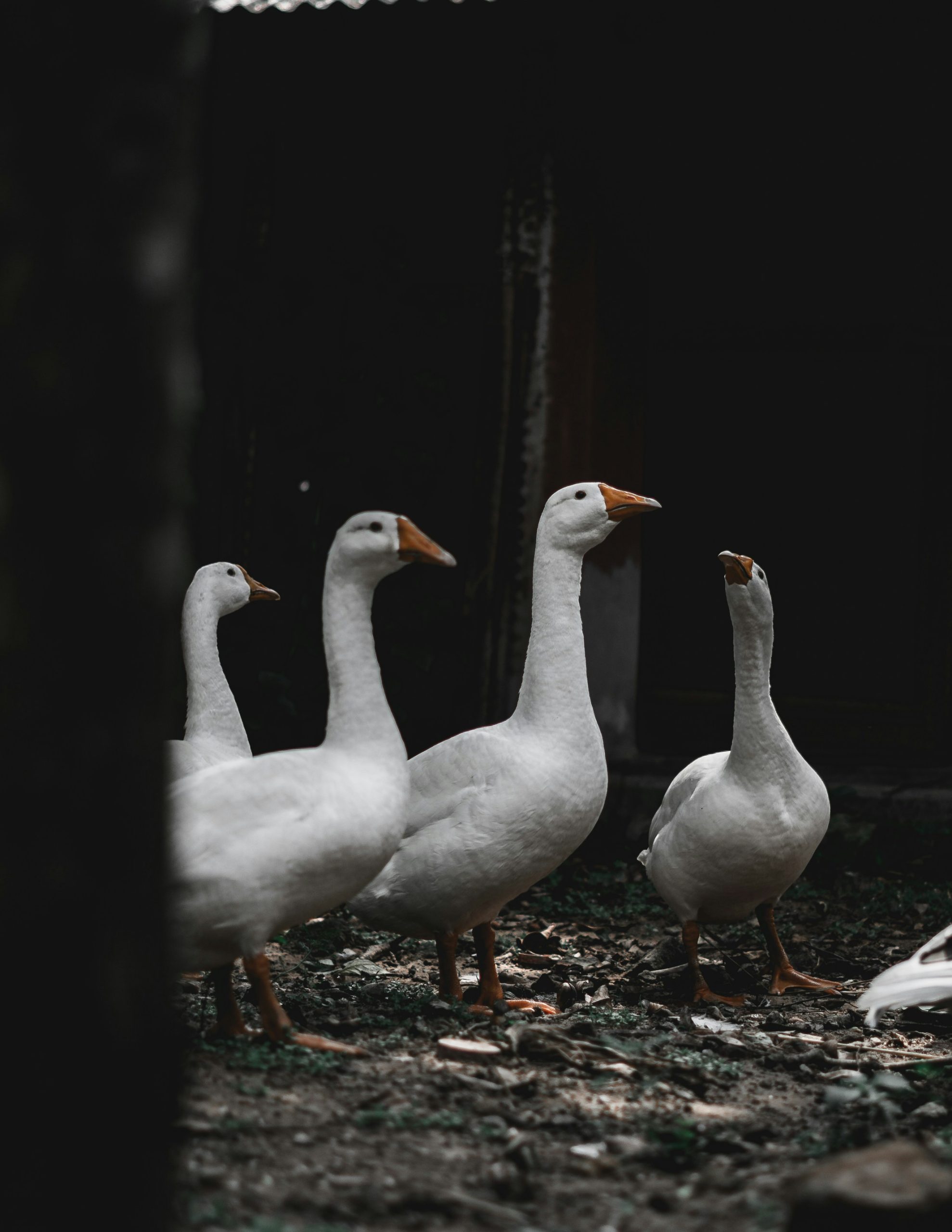
Attraction & Activities of Shantiniketan
Learn and explore more about Shantiniketan before you set out on the best journey of your life with us.
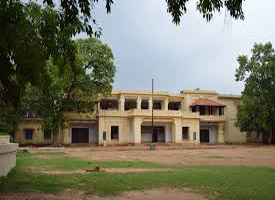
China Bhavan
Santiniketan is made up of several academic buildings, each devoted to a different field of study. As implied by its name, the China Bhavan is devoted to the study of Chinese language, culture, and customs. Chinese scholars also frequently visit the location. The structure is exquisitely constructed, with elaborate designs adorning its outside, despite its modest size.
Sangeet Bhavana
Visva-Bharati University, Santiniketan's Sangeet Bhavana began operations in 1919 as a division of Kala Bhavana and as a stand-alone institution in 1933. Rabindranath Tagore, the Nobel laureate, founded it. Dance and music are the main subjects of Sangeet Bhavana. This place offers about every kind of Indian music and dance under one roof. Rabindra Sangeet, traditional Hindustani vocal and instrumental music (esraj, sitar, tabla, pakhvaj), Manipuri and Kathakali dance forms, plays, and Tagore's original musical dance-dramas are among the skills taught at Sangeet Bhavana.

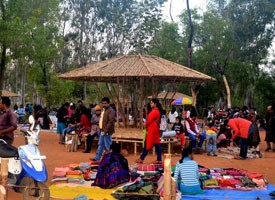
Kala Bhavan
Established in 1919, Kala Bhavana is renowned as one of India's premier hubs for visual art practice and study. Nobel laureate Rabindranath Tagore founded the fine arts faculty at Visva-Bharati University, Shantiniketan. This institute continued the dedication and insight of Nandalal Bose, Benodebehari Mukhopadhyay, Ramkinkar Baij, and its contemporaries, and gave expression to the culture-specific modernism started by Rabindranath Tagore. The institution has made a significant contribution to giving individual artistic endeavors in modern social spaces direction. The faculty maintains an art culture via studio practice, lectures, seminars, and exhibitions, giving students sufficient chance to hone their distinct senses and future potential.
Sonajhurir Haat
About nine kilometers from Bolpur, in the Sonajhuri Forest, lies an open-air market. Every weekend, a tonne of visitors come here to shop at the open haat. Among visitors, this is the most alluring location in Birbhum. It is worthwhile to witness the natural beauty of the little river Kopai's eroded soil, which gave rise to the distinctive geographical formation known as KHOAI.
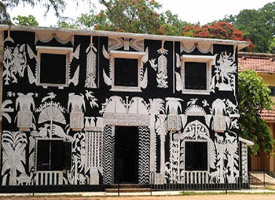
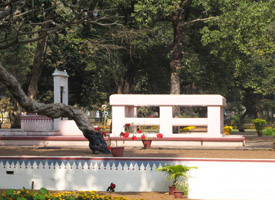
Poush Mela
To commemorate Shantiniketan's founding day, the Poush Mela, the most notable yearly fair in the Birbhum region, is held in the Shantiniketan Mela Grounds with tremendous fanfare and magnificence. It draws tourists from all over the world and embodies the best of Bengali culture. For a week, the region is brightly lit up by Baul musicians, tribal dancers, and local village artisans throughout the fair. The harvest season begins in a carnivalesque atmosphere on the seventh day of the month of Poush.
Chattimtala
Maharishi Debendranath Tagore, the father of Tagore, used this location for meditation. It was on the seventh of Poush that Maharishi Debendranath Tagore initiated upasana. Every year, the same is commemorated, and a three-day fair called Poush Mela follows. Students and the institute form a link by the awarding of graduates with a branch of the Saptaparni tree, which can be seen in Chhatimtala. Nearby lies the prayer hall, one of Shantiniketan's most picturesque locations.

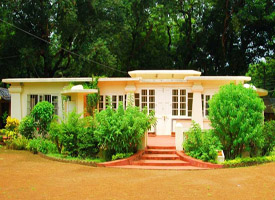
Prayer Hall Upasana Ghar
One of the most beautiful structures in all of Santiniketan is the Prayer Hall. The name Kanch Mandir, which comes from the walls covered in glass, refers to the Hall, which is also made of Belgian glass. Wednesdays are dedicated to prayer, and each evening the hall is adorned with candles to further highlight its exquisiteness.
Uttrayan Complex
The neighborhood of Rabindranath's personal residences, constructed during the final three years of his life (1919–1941), is located north of the ashram complex. Conark was the first home Rabindranath constructed for his personal isolation from the world and as a place to work. It was initially a mud hut. It had an east-facing verandah with a series of pillars that served as a stage for the poet's plays and dance dramas. This is where Natir Puja was first held. The buildings of the Uttarayan Complex, where the poet resided, include Udayana, Konark, Shyamali, Punascha, and Udichi. These structures showcase the architectural prowess of the poet's esteemed son, the late Rathindranath Tagore.
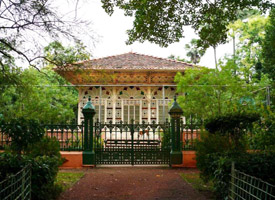
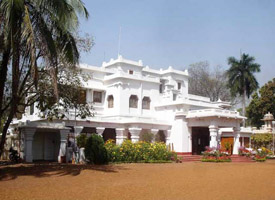
Baul
Bengali mystic minstrels are known as the Bauls. The Sahajyan movement, which was a more polished version of the Vajrayan movement, established the values of Baul culture, an ethically progressive philosophy and way of life. Sufism and Vaishnavism's influence also served to enhance it. The Bauls had a profound impact on Tagore, and the Baul ideology may be found in several of his writings. Their characteristic attire and musical instruments, such the ektara, are frequently used to identify them. Despite making up a very small portion of the Bengali population, Bauls have had a significant cultural impact. The Baul tradition was listed by UNESCO in 2005 as one of the Masterpieces of the Oral and Intangible Heritage of Humanity.
Tagore S Ashram
In the Uttrayan Complex sits Tagore's Ashram. It is the location where Tagore's father constructed Shantiniketan, also known as the Abode of Peace. Later, this name was embraced by the entire region. The house of Kaviguru Rabindranath Tagore, popularly known as Tagore's Ashram, has been transformed into a museum honoring Tagore. Rabindra's life, accomplishments, literary works, honors, and other things are all on exhibit at the mansion. Numerous everyday things he used throughout his life are also on display at the museum.

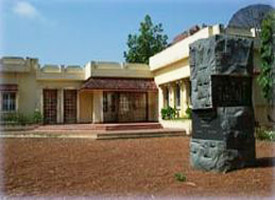
Ballavpara Wildlife Sanctuary
The location of this wildlife sanctuary is Santiniketan. The Sanctuary is located on the outskirts of Bolpur, the university town, at a height of 56 meters, or 184 feet. It covers 200 hectares. Having been founded in September 1967, the sanctuary has one of the best records for deer conservation in the state. Numerous Blackbucks, Cheethals Spotted Deer, and other local wildlife like foxes and jackals call it home. The entire sanctuary is a protected area where visitors may stroll around and get glimpses of deer and other animals thanks to watch towers and jungle walkways.
Nippon Bhavana
The hub for developing Indo-Japanese ties is Nippon Bhavana. It features a library with a selection of books in English, Japanese, and other languages. The library is intended for academics with an interest in Japan and Japanese culture from Visva-Bharati and other universities and institutions. In partnership with the Japan Foundation, Nippon Bhavana hosts lectures, symposia, and visits by scholars, artists, and scientists from Japan. It also organizes Indo-Japanese cultural functions, sends and receives academic and cultural troupes from Japan, organizes academic tours to Japan, and hosts Indo-Japanese festivals.
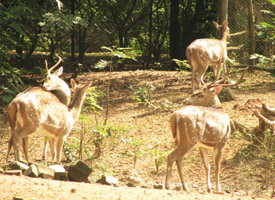
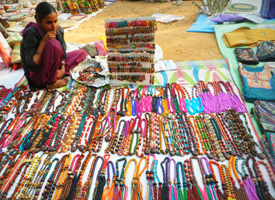
Amar-Kutir
The University of Visva-Bharati is not far from it. Amar Kutir displays handcrafted goods manufactured in the area, including as woodwork objects, clothing, leather purses, and other stuff. It was established as a haven for political prisoners. Sushen Mukhopadhyay, a youthful liberation warrior, formed this organization after being moved by Tagore's concept of self-sustainability in rural development. Reorganizing and revitalizing small rural businesses was the primary goal of this institution following independence, along with improving the socioeconomic status of rural Bengal.
Khoai Mela
One of West Bengal's cleanest woods, Sonajhuri, is the venue for Khoai Mela Haat. Tiny golden sonajhuri flowers blanket the whole woodland floor in the winter. Hundreds of craftspeople visit the Haat to display their creations. The Haat begins around eleven in the morning and lasts until dusk. This location is a shoppers' heaven due to the distinctiveness and affordable prices of the artifacts. All contemporary and stylish accessories, aside from brand clothing materials, are reasonably priced at the exhibition.
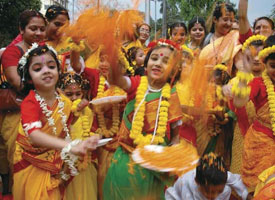
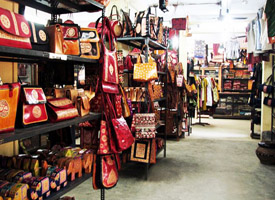
Rabindra Bhavan Museum
Some of Tagore's original manuscripts, letters, papers, paintings, certificates, and pictures are housed in the museum, which was constructed back in 1961. It also has the medallion he was awarded for the Nobel Prize.
Basanta Utsav
An essential component of Indian and Bengali culture is the joyful festival of Dol, often known as Holi. Dol Utsav, also called Basanta Utsav in Shantiniketan, is a distinctive and peculiar cultural festival of West Bengal since it is celebrated in a particular manner. Visitors from all over the world are drawn to the event because of its dignity and distinctiveness. When the pupils participate, it becomes much more enjoyable.
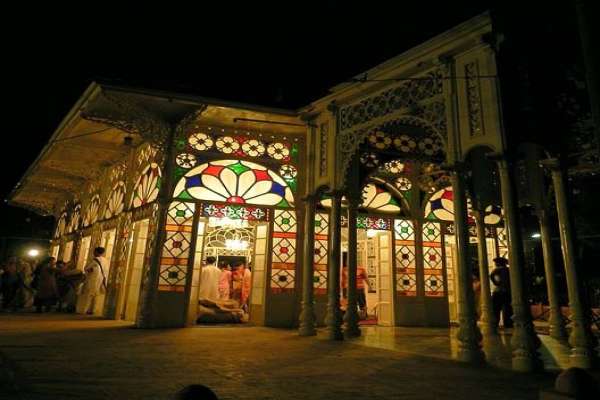
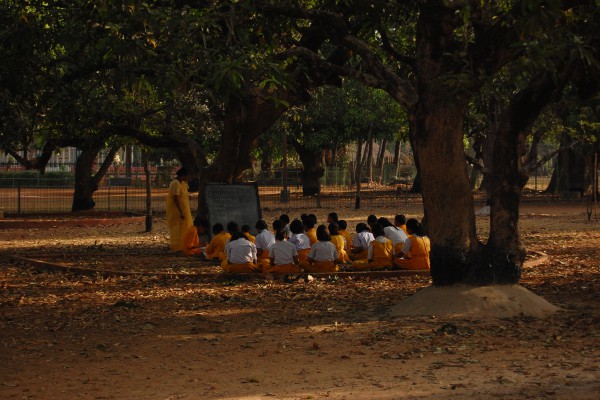
Visva-Bharati University
Shantiniketan is home to Visva-Bharati University, a public central university and significant national institution. Rabindranath Tagore, a Nobel laureate, created it. In 1901, Rabindranath founded a coeducational school on the grounds of his father Debendranath's Brahmacharya Ashram, which is how the university got its start. Patha Bhavan was the name given to it afterward. Visva-Bharati University was established after the institution was enlarged into a university. Rabindranath Tagore preferred teaching outside, in a natural setting, than in a classroom with four walls. According to him, the walls stand for mental training. Moreover, the school was designed along the lines of the traditional Gurukul system, avoiding the drawbacks of the western educational approach. The ideal learning center, according to Tagore, would include elements of the east and the west.
Where to Stay in Shantiniketan?
Learn and explore more about Shantiniketan before you set out on the best journey of your life with us.
Plan an Unforgettable Experience in Shantiniketan Today!
We can help you fit your vacation and experience within your allotted budget.
Book Your Trip Now
- +1-123 456 7890
